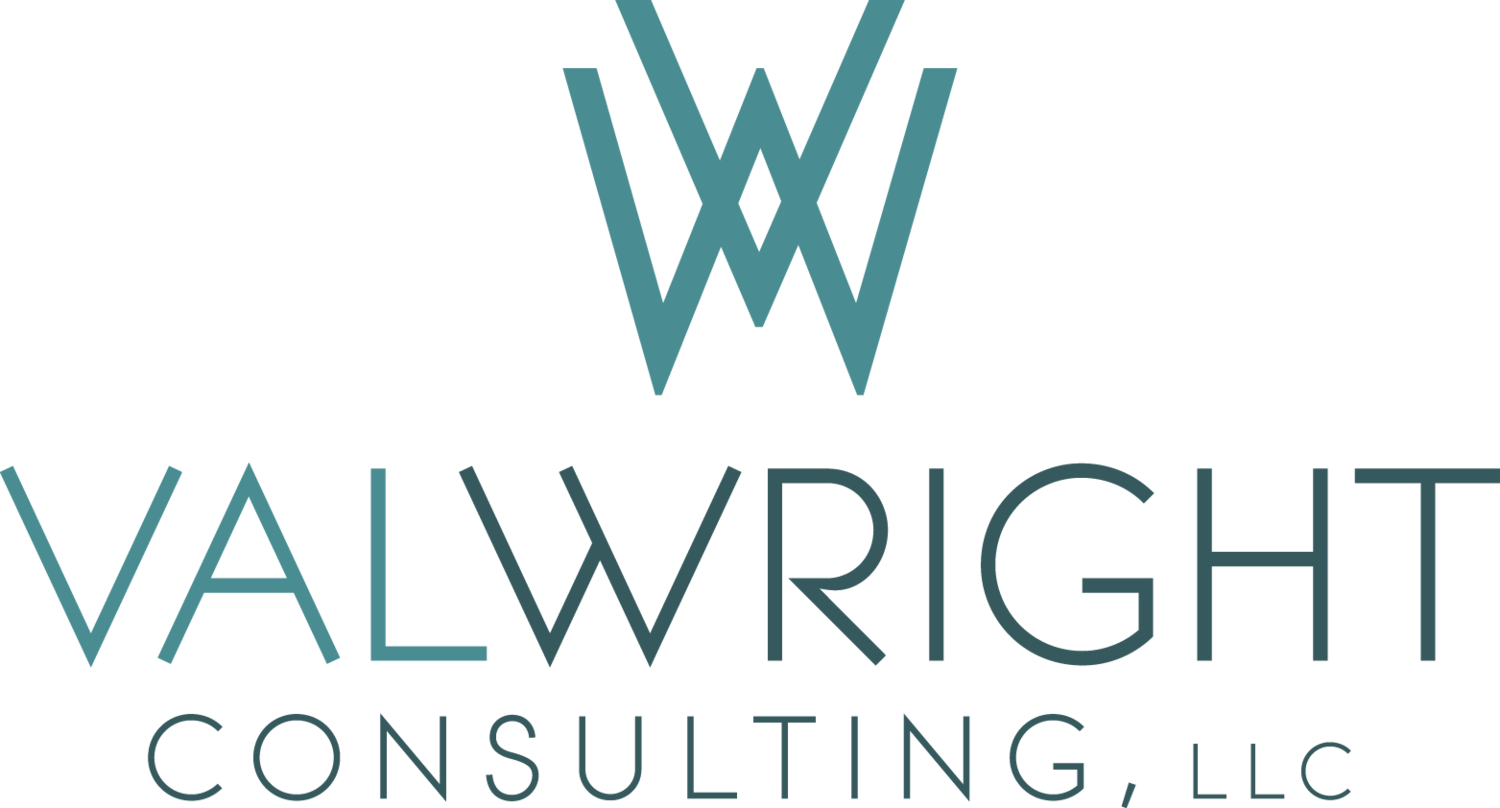If you don’t read Amazon’s shareholder letter every year, please start today.
Not only did I love it when I used to work at Amazon in my corporate days, but now it is still an incredible read for inspiration, insight, and understanding just how Amazon keeps innovating and growing.
(***it is also an incredible example of the power of the written word. The Amazonian style of writing is sharp, direct, and written with the customer in mind. It’s where I credit how I learned to write far more powerfully than before, because I had to write business cases and strategy documents to get seven and eight figure investments approved….but that is another story that I’m happy to share if you reply you are interested. )
Inspired by Allume Group CEO Andrea Leigh’s noteworthy quotes from it here, I’m now sharing the parts that other CEOs and leaders can use to look at your own business in new ways. - I also point to tools you can immediately use to experiment with these ideas in your own company.
1. Innovation can be iterative.
“People often assume that the game-changing inventions they admire just pop out of somebody’s head, a light bulb goes off, a team executes to that idea, and presto—you have a new invention that’s a breakaway success for a long time. That’s rarely, if ever, how it happens. One of the lesser known facts about innovative companies like Amazon is that they are relentlessly debating, re-defining, tinkering, iterating, and experimenting to take the seed of a big idea and make it into something that resonates with customers and meaningfully changes their customer experience over a long period of time.”
Do you launch and forget? Or learn, adjust, adapt, and refine?
2. Sun setting failures fast and deconstructing wins & losses
“The phone was unsuccessful, and though we determined we were probably too late to this party and directed these resources elsewhere, we hired some fantastic long-term builders and learned valuable lessons from this failure that have served us well in devices like Echo and FireTV. “
How much time do you dedicate to reflection? The Success Deconstruction tool in Rapid Growth Done Right can help you quickly evaluate this.
3. Treat mature and experimental businesses differently.
“It’s also hard to spend enough time on the new initiatives when there’s resource contention with the more mature businesses; the surer bets usually win out. Single-threaded teams will know their customers’ needs better, spend all their waking work hours inventing for them, and develop context and tempo to keep iterating quickly.”
Do you have the same teams running the business and juggling new initiatives and projects? Dedicated resources is the number one way to improve the probability that neither will fail.
4. The power of two way door decisions
“…allowing teams to make two-way door decisions themselves, and setting an expectation that speed matters. And, it does. Speed is disproportionally important to every business at every stage of its evolution. Those that move slower than their competitive peers fall away over time.”
Do you have Decision Tenents for how decisions are made? Without these you waste energy and time deciding, undeciding, and frustrating everyone. The Decision Dilemma in Rapid Growth Done Right can help you understand and create effective decisions for your company
5. The power of music for memorable communication
“You Need Blind Faith, But No False Hope: This is a lyric from one of my favorite Foo Fighters songs (“Congregation”). When you invent, you come up with new ideas that people will reject because they haven’t been done before (that’s where the blind faith comes in), but it’s also important to step back and make sure you have a viable plan that’ll resonate with customers (avoid false hope).”
When did you last talk music to your team? Read more about how to do this in Words That Work The Power Of Music Chapter.
I’ve been working with a number of executive teams in the last month on their Leapfrog Strategy and understanding and refining their company purpose. You can understand more in Words That Work using the Personal Purpose Pyramid and the Company Purpose Pyramid. The foundation of this work starts with company history and heritage.
Andy Jassy continues this legacy by including the 1997 first ever shareholder letter at the end of his shareholder letter. This reminds everyone of the the foundation of the company, where it came from, what it valued then and what has changed now.
I’d love to see your own Annual Shareholder or Annual Company Letters, videos, or recaps.
Send them on over!
Dedicated to growing your business,
Val
P.S. I hope you enjoyed this week's VAL-uable Insights, sign up here to get them in your inbox each Monday morning: http://valwrightconsulting.com/newsletter-sign-up/
